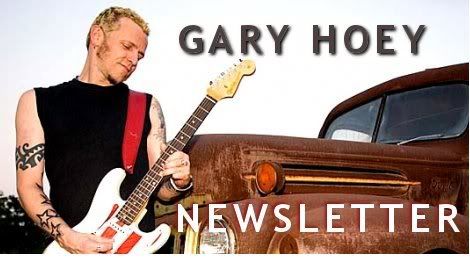Paul Reed Smith Guitars is once again teaming up with long-time partner DuPont and their Hot Hues™ palette of colors to present brilliant new metallic guitar offerings. “Twilight,” “Catalina Dream,” and “Sinful Cinnamon” make up the roster of new color options offered.
PRS Guitars has been using DuPont paints for more than ten years and has been using Hot Hues™ paint since its inception. Over the span of this partnership, the prominent guitar manufacturer has joined DuPont at two SEMA shows, providing guitars finished in Hot Hues™ colors for the DuPont booth display, and provided a custom guitar for The Jeff Gordon Foundation. This guitar, signed by Jeff Gordon, Chip Foose, and Carlos Santana, was finished in the same paint as the Hot Hues “Heat Wave and Flames” No. 24 DuPont racecar driven by Gordon. PRS also chose the Hot Hues™ line to reintroduce the CE Alder Bolt-on guitar in 2008 with exceptional results.
"We are very proud of our relationship with Paul Reed Smith Guitars and we're very pleased that they have chosen our Hot Hues Custom Finishes for their new line of guitars. DuPont is a company powered by Science and Innovation and that is a great fit with the innovative spirit of PRS Guitars," says Fred Wissemann, Brand Manager for DuPont Refinish and Hot Hues Custom Finishes.
The most recent application of the Hot Hues™ line will appear on some of PRS’ newest guitar models: the Mira and the Starla. Rick Hodgson of the PRS Sales Team said, “We are excited to offer these unique colors. They are brand new for us, and we think they will give these already retro-inspired guitars a customized, Hot Rod vibe.” These guitars began shipping to dealers in mid-April.
“DuPont Hot Hues products offer the most user friendly metallic paint system we have tried,” says Steve Sears, Topcoat Finish Manager of PRS Guitars. “The ease of application, quality of coverage and variety of colors make Hot Hues™ an astounding product line.”
Paul Reed Smith Guitars is a leading manufacturer of high-quality instruments in Stevensville, Maryland and has been providing some of the world’s most renowned guitarists with instruments since 1985. More than 240 highly skilled craftspeople produce more than 70 guitars each day for worldwide distribution. Carlos Santana, Rich Eckhardt of Toby Keith, Linkin Park, Chris Henderson of 3 Doors Down and Mark Tremonti of Alter Bridge are among the artists currently playing PRS guitars.
For more info go to http://www.prsguitars.com


















